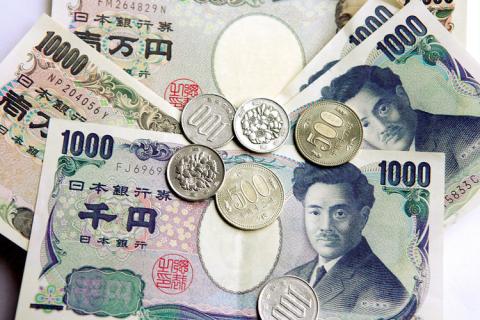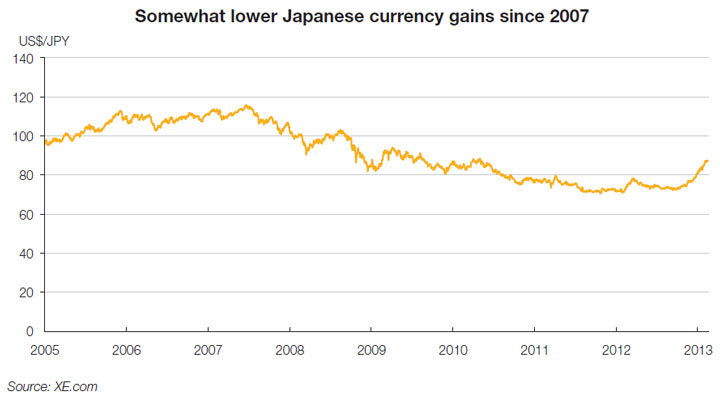
By the mid-1970s, Nixon successfully convinced several OPEC countries to trade oil only in USD, and the US would in return, give them regional military support. The increased interest rate sufficiently controlled domestic monetary policy and staved off inflation. Federal Reserve System under Paul Volcker had halted the stagflation crisis of the 1970s by raising interest rates. economy to emerge from a serious recession that began in the early 1980s.

current account deficit, which had reached 3.5% of the GDP, and to help the U.S. The devaluation was justified to reduce the U.S. The negative prospect of trade restrictions spurred the White House to begin the negotiations that led to the Plaza Accord. By 1985, their campaign had acquired sufficient traction for Congress to begin considering passing protectionist laws. automotive industry, heavy American manufacturers like Caterpillar Inc., as well as high-tech companies including IBM and Motorola. Major players included grain exporters, the U.S. A broad alliance of manufacturers, service providers, and farmers responded by running an increasingly high-profile campaign asking for protection against foreign competition. The financial sector was able to profit from the rising dollar, and a depreciation would have run counter to the Reagan administration's plans for bringing down inflation. This caused considerable difficulties for American industry but at first their lobbying was largely ignored by the government. In March 1985, just before the G7, the dollar reached its highest valuation ever against the British pound, a valuation which would remain untopped for over 30 years. įrom 1980 to 1985, the dollar had appreciated by about 50% against the Japanese yen, Deutsche Mark, French franc, and British pound, the currencies of the next four biggest economies at the time. David Mulford joined as the new Assistant Secretary for International Affairs.

In January 1985 James Baker became the new Treasury Secretary and Baker's aide Richard Darman became Deputy Secretary of the Treasury. As the dollar's appreciation kept rising and the trade deficit grew even more, the second Reagan administration viewed currency intervention in a different light. At the 1982 G7 Versailles Summit the US agreed to a request by the other members to a study of the effectiveness of foreign currency intervention, which resulted in the Jurgensen Report at the 1983 G7 Williamsburg Summit, but it was not as supportive of intervention as the other leaders had hoped.
Usd to japan currency free#
The French government was strongly in favor of currency intervention to reduce it, but US administration officials such as Treasury Secretary Donald Regan and Under Secretary for Monetary Affairs Beryl Sprinkel opposed such plans, considering the strong dollar a vote of confidence in the US economy and supporting the concept of free market above all else. The tight monetary policy of Federal Reserve's Chairman Paul Volcker and the expansionary fiscal policy of President Ronald Reagan's first term in 1981-84 pushed up long-term interest rates and attracted capital inflow, appreciating the dollar. Baker III of the United States, Nigel Lawson of Britain, and Noboru Takeshita of Japan. From left are Gerhard Stoltenberg of West Germany, Pierre Bérégovoy of France, James A. The 1985 "Plaza Accord" is named after New York City's Plaza Hotel, which was the location of a meeting of finance ministers who reached an agreement about managing the fluctuating value of the US dollar.


 0 kommentar(er)
0 kommentar(er)
